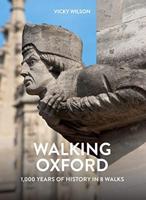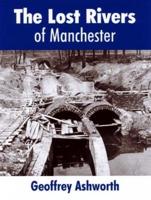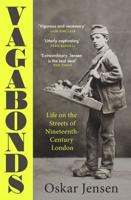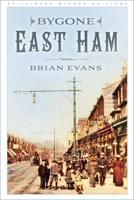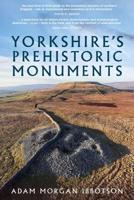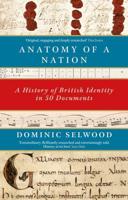Publisher's Synopsis
Bradford has a long history as a clothmaking centre, but at the end of the eighteenth century it was still a market town of fewer than 7,000 people. The Industrial Revolution transformed the shape of the town, as the wool-spinning and cloth-weaving that had been cott age industries moved to large factories. By the time of the census of 1841, Bradford's population had grown to more than 35,000, and it was on its way to becoming the 'wool capital of the world'; by 1851 its population was more than 150,000. It was also a coal-mining town, and a centre of iron founding. The legacy of the development of this famous industrial town is a wide range of fi ne buildings, many of which survive today. An Historical Map of Bradford shows, on a multi-period map, how Bradford developed, and includes its vanished buildings and other features, as well as those that remain. A comprehensive gazett eer on the map's reverse, complete with many illustrations, explains Bradford's history and introduces its buildings and sites of interest. Bradford is the UK City of Culture 2025.

